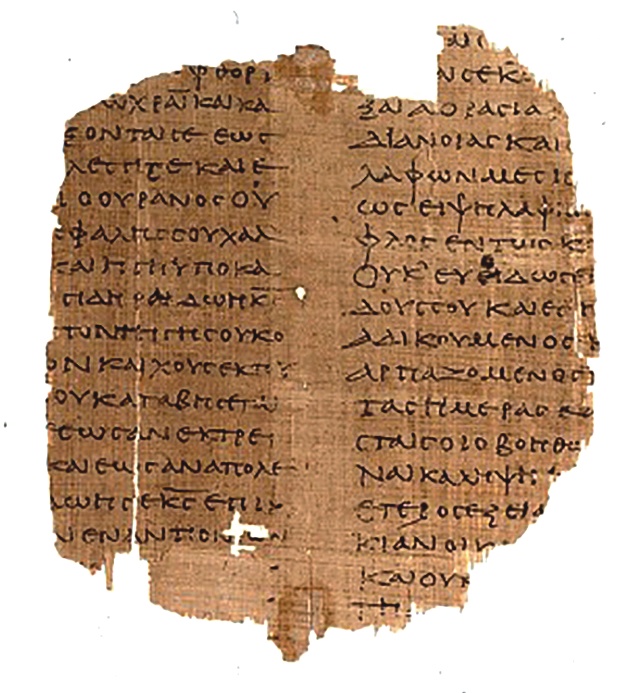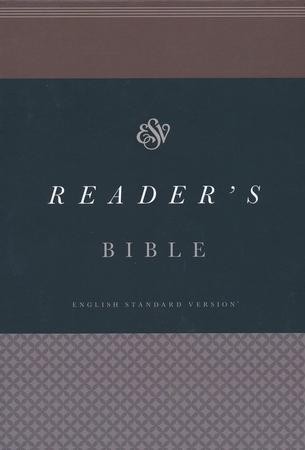"The chapter divisions commonly used today were developed by Stephen Langton, an Archbishop of Canterbury. Langton put the modern chapter divisions into place in around A.D. 1227. The Wycliffe English Bible of 1382 was the first Bible to use this chapter pattern. Since the Wycliffe Bible, nearly all Bible translations have followed Langton’s chapter divisions."
Who divided the Bible into chapters and verses? Why and when was it done? | GotQuestions.org
Langton was working with the Vulgate, which is in Latin. The sense in a passage in Latin does not always match the sense in (say) English, so what reads naturally in Latin may not always make for natural English. Even though English Protestant translations were made from Hebrew, Aramaic & Greek instead of from the Vulgate, they kept to the Vulgate chapter divisions.
Verse-divisions, before they were numbered, were indicated by a dividing line. The divisions existed, but the numbers did not.
Early printed books (1454 to 1500) continued several of the scribal conventions used in copying manuscripts. So text was printed in long paragraphs, one or two to a page, and words were, if space required, either abbreviated or broken in two, with the text in one colour of ink (such as black), and the verse dividers in a different colour, such as red.
The 1966 Jerusalem Bible followed earlier twentieth-century translations in printing OT verse passages as verse; and prints a good deal of the Fourth Gospel in verse, because it falls naturally into verse.
The presentation of the printed text has been affected by many decisions, such as:
improvements in the art of printing;
decisions as to what to print where;
the availability, and choice, of the materials to be printed on;
the separation of books into shorter books;
the division of books into chapters;
the breaking of long passages into shorter paragraphs
the addition of verse numbers within chapters;
the use of black-letter, AKA Gothic, print;
changes or variations in spelling;
changes in English usage over the centuries;
the printing of speech - sometimes reported at two or three removes - between quotation marks;
the printing of verse in sense-lines, rather than as though it were prose;
the printing of separate incidents or subject-matters within a book, with their own (sub-)sub-headings;
the use of small print to set off material of lesser interest from the main text of a book;
the use of margins & of superscript letters or marks for cross-references, explanatory notes, & alternative translations or readings
the use of red ink for the Words of Christ;
the use of Capitalised Letters for Divine Persons, Proper Nouns, and the like
the use of ALL CAPS for certain words or verses;
the use of punctuation to break up the sense in very long sentences
the printing of the text in sense-lines;
the use of heavier or larger type for the titles of books.
the presence of illustrations (e.g. woodcuts, engravings, photographs), maps, plans, diagrams, in many editions
the provision of a table of weights, measures, distances, and suchlike;
the provision of accentuation marks within names to indicate their correct pronunciation in many editions;
the addition of pages indicating ownership or family relationships;
the use of India paper, to save on bulk and weight;
the binding of the text in "bible-black" covers, and the more recent trend to present the Bible as though it were any other book;
the printing of a contents page, with or without numbers of chapters per book, page numbers, or other such matter;
the printing of an Introduction;
the provision of a Concordance;
the presence of a Dedication;
the presence of notices of copyright;
the making of different editions for different intended readerships;
the printing of special editions, for special occasions, particular organisations, etc.;
the additional of supplementary matter, such as doctrinal or exegetical notes;
- among other details.
That does not include details before 1450, like the changes in script from majuscule to minuscule, and from running the words together to separating them. To say nothing of other details of manuscript copying.
Without these additions to the copied or printed text, the Bible would be almost unreadable.


